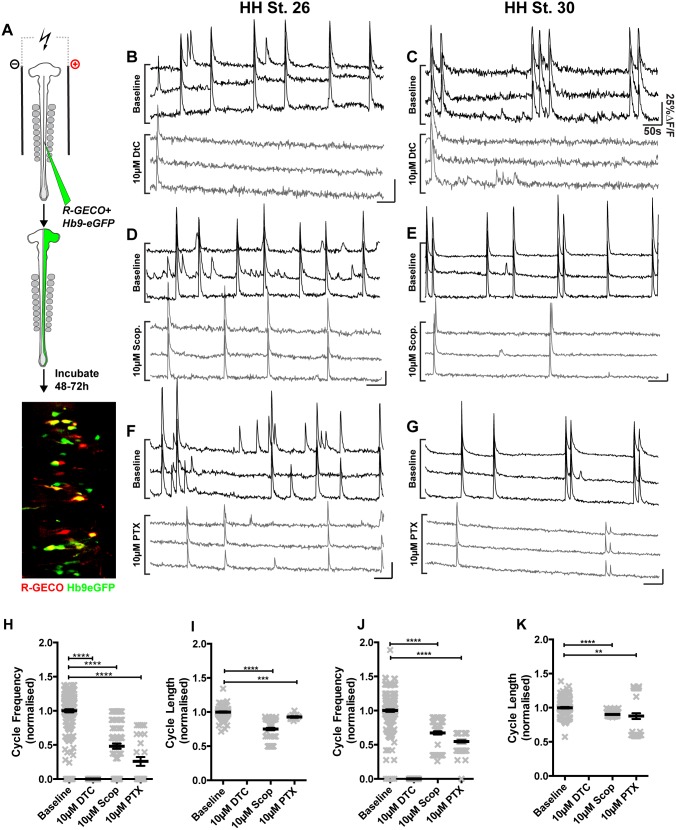Figure 5. Pharmacological interrogation of motor neuron population activities.
A) Co-electroporation of Hb9-GFP and R-GECO expression plasmids, followed by dissection and calcium imaging reveals patterns of activity in LMC motor neurons. B) Application of the nicotinic antagonist D-Tubocurarine (DTC, 10 μM) to HH St. 26 spinal cords blocks detectable activity. C) 10 μM DTC application blocks activity at HH St. 30. D–E) Application of the muscarinic antagonist Scopolamine (Scop., 10 μM) at HH St. 26 (D) and HH St. 30 (E) reduces the frequency of firing. F–G) Application of the GABA-A antagonist picrotoxin (PTX, 10 μM) at HH St. 26 (F) and HH St. 30 (G) reduces the frequency of firing. H) Cycle frequency at HH St. 26 in the presence or absence of blockers. I) Cycle length at HH St. 26 in the presence or absence of drugs. J) Cycle frequency at HH St. 30 in the presence or absence of blockers. K) Cycle length at HH St. 30 in the presence or absence of drugs. These comparisons are summarized in Tables 2 and 3.

